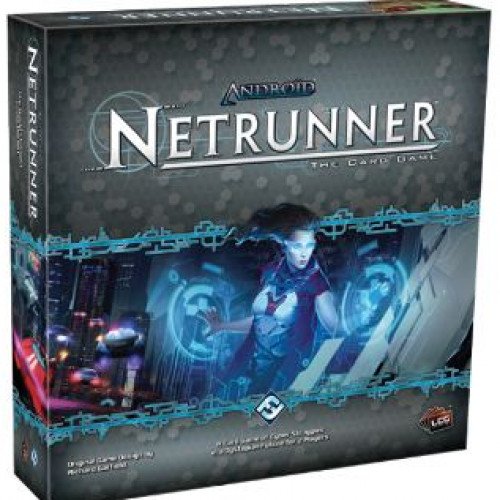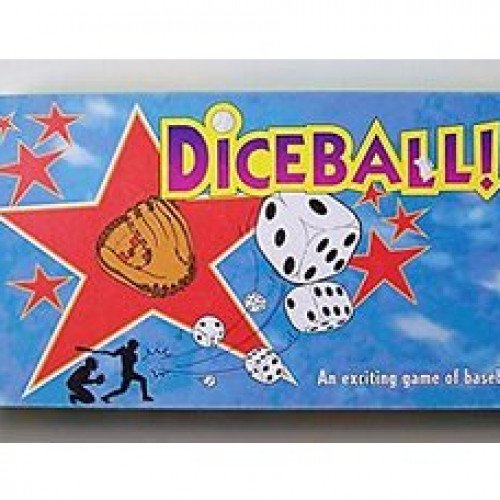ANDROID: NETRUNNER VS DICEBALL

ANDROID: NETRUNNER
Android: Netrunner is a Living Card Game (LCG) produced by Fantasy Flight Games. It is a two-player game set in the dystopian future of the Android universe. Each game is played as a battle between a megacorporation and a hacker ("runner") in a duel to take control of data. It is based on Richard Garfield's Netrunner collectible card game, produced by Wizards of the Coast in 1996. In 2017, a second edition of the core set was announced which replaced some of the original cards with cards from the first two expansion cycles. In 2018, the game was discontinued due to the license with Wizards of the Coast ending. Fantasy Flight stated that Netrunner products will no longer be sold by them as of October 22, 2018, and Reign and Reverie was the last expansion. Like the original, the game is asymmetric and involves two players, one playing a hacker ("the Runner") and the other playing a corporation ("the Corp"). The Runner wins by stealing seven or more points worth of agenda cards or if the Corp can't draw a card when required (due to an empty deck). The Corp wins by scoring agenda cards worth a total of seven or more points or if the Runner is forced to discard more cards than they have in their hand.
Statistics for this Xoptio

DICEBALL
Diceball! is a board game in which two players roll dice to simulate a baseball game, one representing the visiting team and the other the home team. Both players use the dice to throw the baseball from the mound to the plate and field the ball on defense. Diceball! was designed to mirror the statistical reality of baseball. A regular game of Diceball! without extra innings lasts about 45 minutes. The game was designed in 1979 on a pizza box by a 16-year old Daniel Girard from Rawdon, Québec, while the Montreal Expos were chasing the pennant in the National League. Girard brought his game to his high school, where he organized tournaments with other students. Given the popularity of the game in his school, Girard also brought his game to university where it also became popular. The interest created by the game was noticed by entrepreneur Louis Desjardins, who launched the game with Girard. To start the game, the visiting team puts a pawn (as a batter and eventually runner) in the batter's box, to get the pitcher's throws. The die replaces the ball. The pitcher rolls the die until either the batter is struck out, the batter is walked, or the ball is hit. If the ball is hit, the offensive team rolls a die to determine the number of dice to be used to hit the ball. The number of dice indicated are rolled and added up. Numbers from 1 to 36 show the location where the ball is hit and the ball is placed on the game board. If the ball is hit on a circle, the ball was hit in the air and an out is recorded. If the ball is hit on a number in a cloud, it is a ground ball and that the batter will have to try to reach a base before the defense throws to that base. If the ball is hit to a star-shaped zone, the runner starts to run around the bases while the defence recovers the ball on the star. If the stars are from 27 to 36 it is a home run and all runners score. Every batter who runs around the bases and reaches home plate before three outs scores a run. As soon as three outs are recorded, stranded runners are removed from the bases. The teams trade places: the defense becomes the offense.